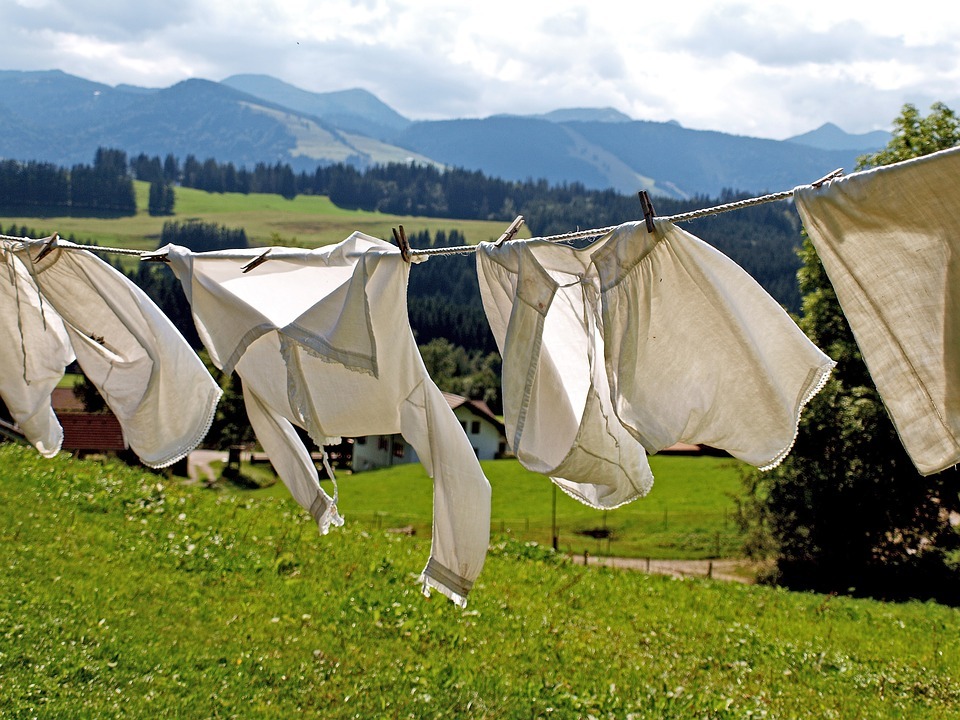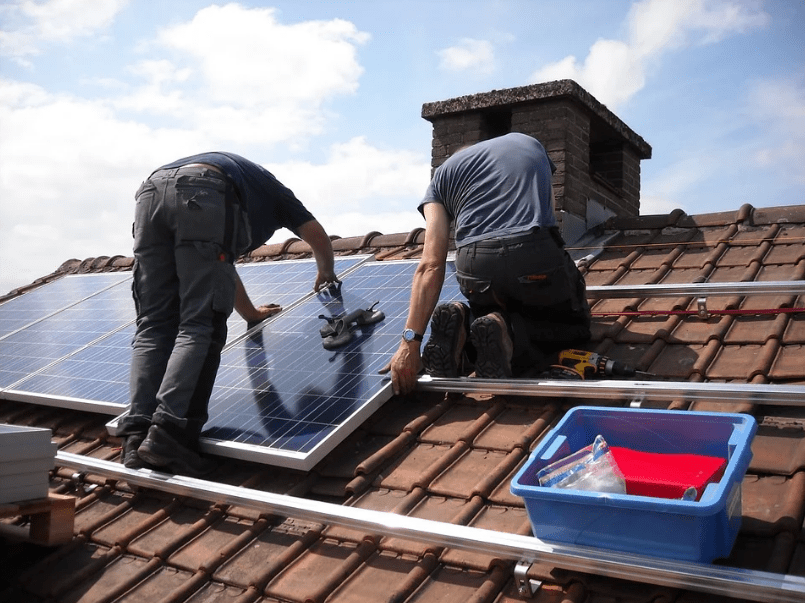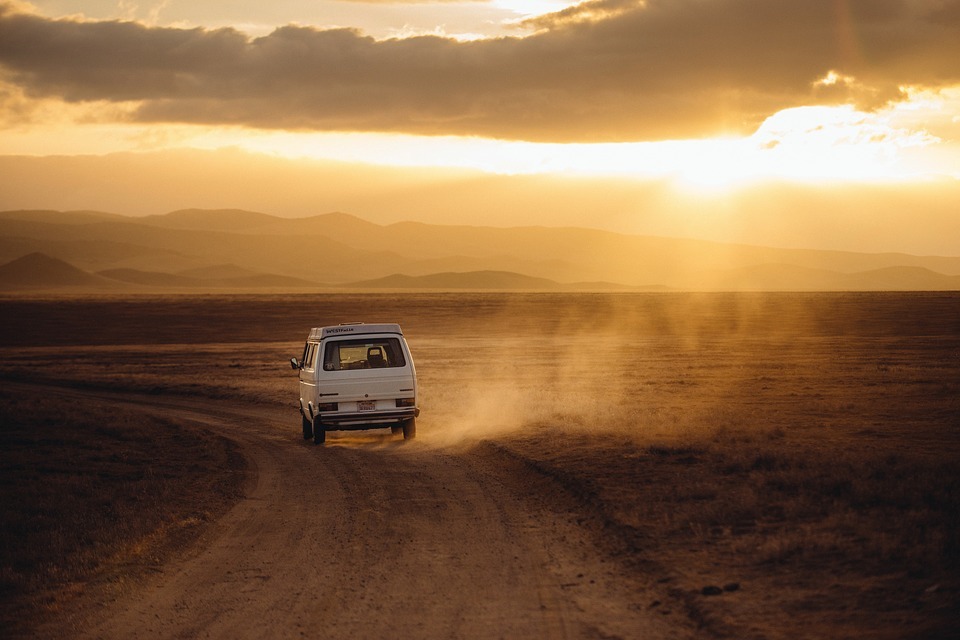How Do You Make Coffee When Living Off The Grid?
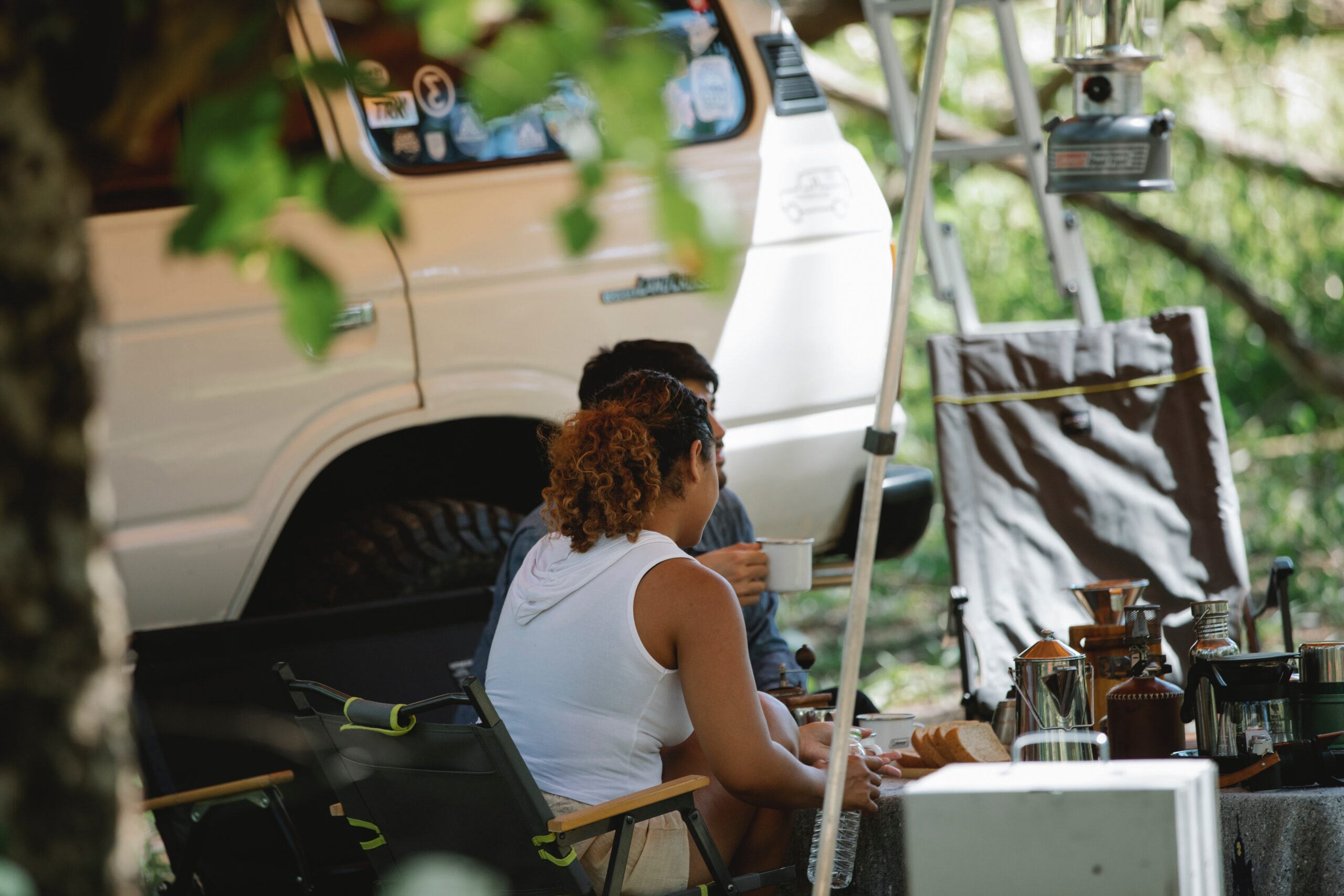
For many of us, having a cup of coffee each day is a need. What transpires, though, if you live off the grid and don't have access to contemporary conveniences like running water and electricity? There are various ways to prepare coffee while off the grid, despite the fact that it could appear difficult. Every sort of coffee fan has alternatives, from the classic cowboy coffee to the Italian Moka pot. We'll look at some of the top off-grid coffee-making techniques in this post and offer advice on how to fit these techniques into your outdoor lifestyle. Whenever, anywhere, you may enjoy a hot cup of coffee using these techniques, whether you're camping, trekking, or permanently living off the grid.
French Press
The French press, a press pot or plunger pot, is a well-liked and straightforward way to make coffee. It comprises a plunger, a metal mesh filter, and a glass or stainless steel container. The French press method is well-liked because it produces coffee with a full-bodied, robust flavor.
Before utilizing a French press, you must boil water using a campfire, portable stove, or another off-grid heat source. After the water is the right temperature and strength, add coarse coffee grinds to the French press. As a general rule, use 1 tablespoon of coffee for every 4 ounces of water.
Stir the coffee grounds as you pour the hot water over them to ensure they are all moist. Depending on how strong you want your coffee, let it steep for 4-5 minutes. Once the brewed coffee and coffee grounds are separated, slowly depress the plunger.
Using a French press is advantageous because it doesn't need paper filters, which is good for the environment. French presses are a great option for people who live off the grid because they are very simple to clean and don't need energy.
It's crucial to keep in mind, nevertheless, that a French press requires coarsely ground coffee beans. The coffee may become over-extracted and harsh if the grind is too fine, clogging the filter and tainting the beverage. To achieve the ideal flavor profile, it is advised to use a burr grinder and alter the grind size.
View this post on Instagram
A rich and potent cup of coffee can be made using the classic Italian Moka pot method, which uses steam pressure to extract coffee flavors. The only equipment needed for this method is the Moka pot itself, making it a popular option for people who live off the grid. You'll need a Moka pot, water, and coffee grounds to make coffee in one. Place the metal filter basket within the bottom chamber of the Moka pot after filling it with cold water up to the safety valve. Coffee grounds should be added to the basket, then leveled off without applying excessive pressure. Place the Moka pot on a heat source, such as a camp stove, after screwing the top chamber onto the bottom chamber. To provide a constant and slow extraction, the heat source should be low to medium heat. The bottom chamber's water will begin to boil and produce steam, which will travel through the coffee grounds and extract the flavors. The brewed coffee will be forced through the center spout and into the top chamber of the Moka pot as the steam pressure increases. After the coffee has been entirely extracted, take the Moka pot off the heat and pour the coffee into a cup or mug. One advantage of this technique is the ability to make espresso-like coffee using a Moka pot without investing in an expensive espresso machine. The Moka pot is also portable and lightweight, which makes it a popular option for people who live off the grid. It's crucial to remember that utilizing a Moka pot effectively calls for some practice and technique. It's critical to select the proper coffee grind size since too fine or too coarse grinds might impact flavor and extraction. In addition, regular cleaning of the Moka pot is necessary to keep any residue from tainting the flavor of the coffee. In 2020, Brazil produced 175,647,000 60-kilogram bags of green coffee beans, which was 39% of the world's total production. Other top-producing countries include Colombia, Vietnam, and Indonesia. There are no publicly available synthetic coffee products as of 2021, despite several bio-economy companies claiming to have created initial batches that are remarkably similar on a molecular level and are close to commercialization. Given the abundance of alternatives on the market today, selecting the best coffee maker can be challenging. You may, however, quickly select a coffee maker that best suits you with a little investigation and consideration of your requirements and tastes. You must first choose between an electric and a non-electric coffee machine. Since you are in a region that is off the grid, you need a coffee maker that is non-electric. The coffee maker's size and capacity should also be taken into account. A single-serve coffee machine or the pour-over method may be better suitable if you just need to brew one or two cups at a time. Check the infographic below to learn the different types of coffee makers.Pour-Over
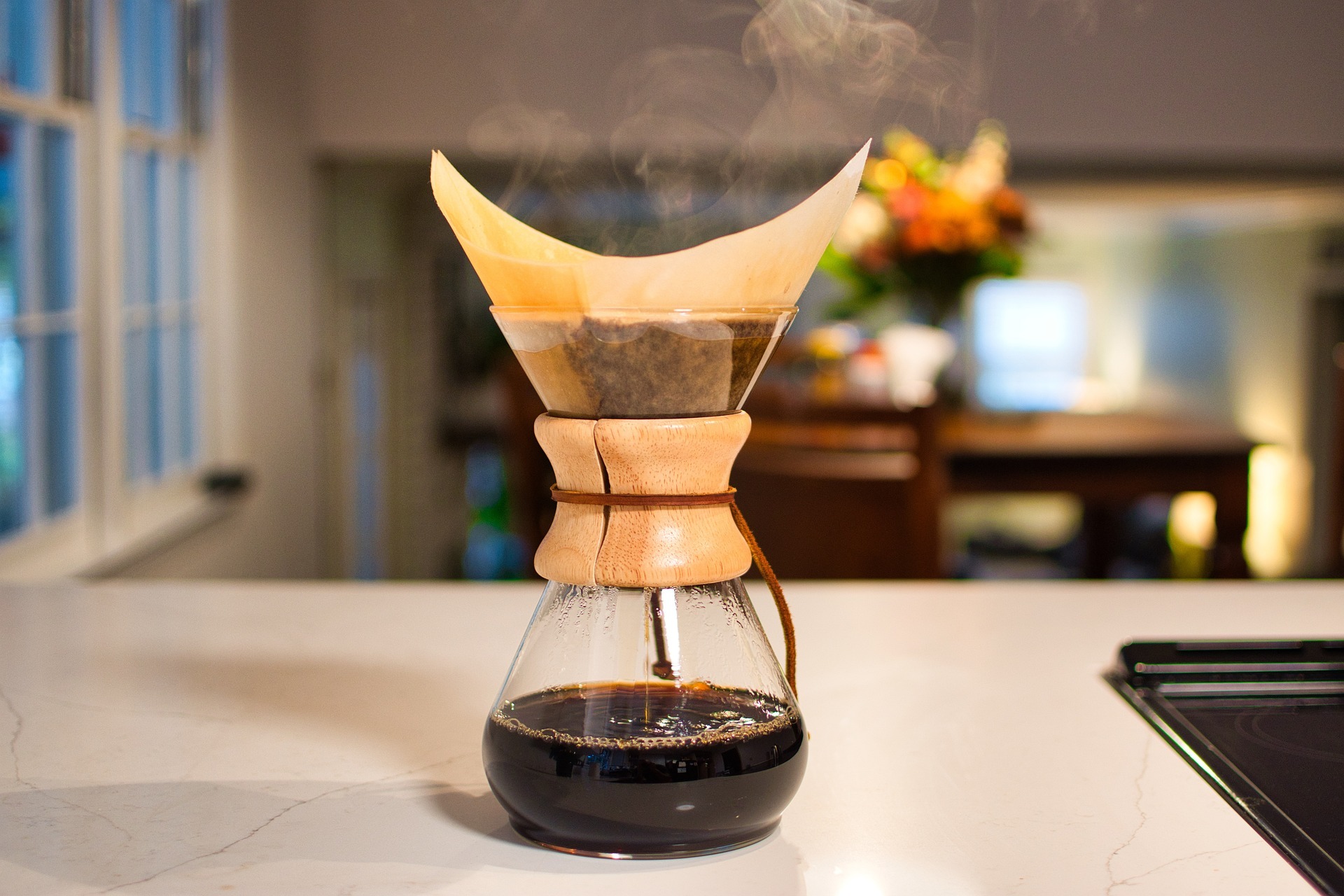
Cowboy Coffee
Moka Pot
Fun Fact About The Top Coffee-Producing Countries
Picking the Right Coffee Maker


